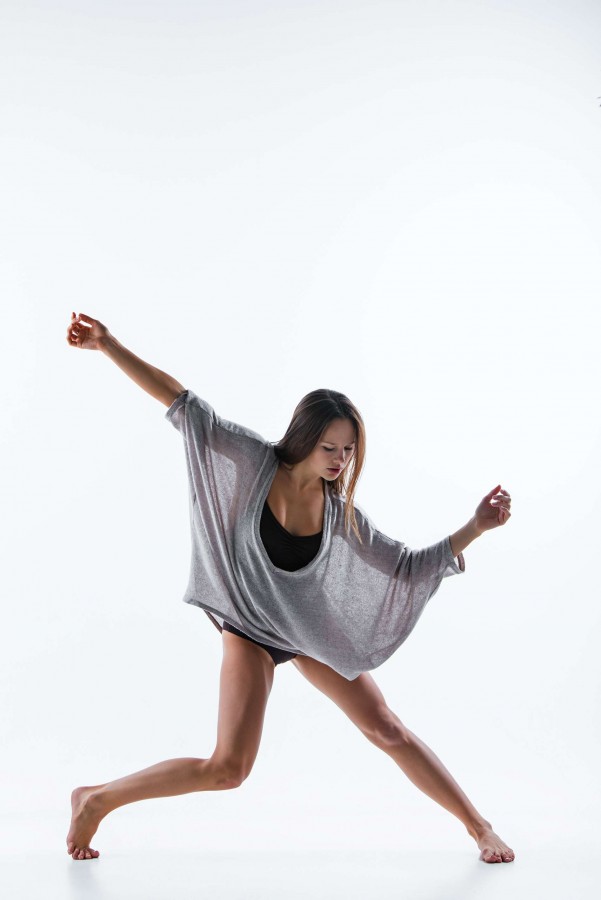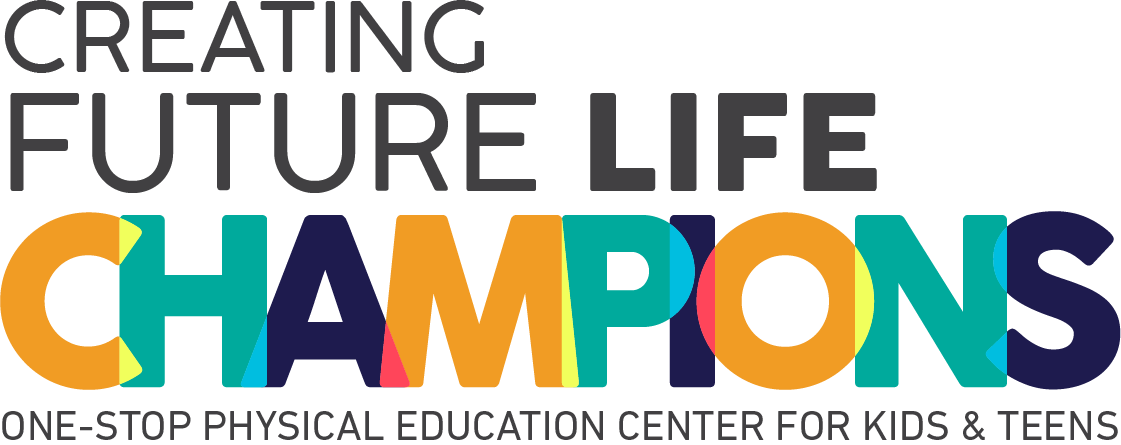Modern Dance: Definisi, Sejarah, dan Lainnya

Modern dance telah berkembang secara signifikan sejak kemunculannya pada akhir abad ke-19 dan awal abad ke-20. Berakar dari pemberontakan terhadap struktur balet yang kaku, tari modern telah berkembang menjadi bentuk seni yang beragam dan dinamis yang terus menginspirasi dan menantang para penari dan penonton.
Dalam panduan komprehensif ini, kami akan membahas definisi, sejarah, bentuk-bentuk kontemporer, gerakan-gerakan penting, dan kesempatan bagi anak-anak untuk terlibat dalam tarian modern.
Apa itu Modern Dance ?
Modern dance adalah genre tarian yang muncul sebagai respons terhadap konvensi balet klasik yang ketat. Tidak seperti balet yang menekankan teknik formal dan narasi tradisional, tari modern mengutamakan kebebasan berekspresi, emosi, dan individualitas.
Tarian ini berusaha mengeksplorasi bentuk-bentuk gerakan baru dan menantang norma-norma yang sudah ada, menjadikannya bentuk seni yang serbaguna dan eksperimental.
Sejarah Modern Dance
Akar tarian modern dapat ditelusuri kembali ke akhir abad ke-19 dan awal abad ke-20, dengan para pionir seperti Isadora Duncan, Martha Graham, dan Doris Humphrey yang menjadi pelopornya. Para visioner ini menolak gerakan balet yang terbatas dan berusaha menciptakan tarian yang lebih mencerminkan emosi dan pengalaman manusia.
Isadora Duncan merangkul gerakan alami dan emosi dalam pertunjukannya, mengambil inspirasi dari alam dan mitologi Yunani. Martha Graham, di sisi lain, mengembangkan teknik terobosan yang menekankan pada kontraksi dan pelepasan, mengeksplorasi tema perjuangan, gairah, dan penebusan.
Sepanjang abad ke-20, tarian modern terus berkembang, dengan koreografer seperti Merce Cunningham, Alvin Ailey, dan Twyla Tharp yang mendorong batas-batas gerakan dan ekspresi. Saat ini, tarian modern mencakup berbagai macam gaya dan teknik, mulai dari keluwesan tarian kontemporer hingga perpaduan jazz dan hip-hop.
5 Gerakan Dasar dari Tarian Modern
Tarian modern dikenal dengan gerakannya yang ekspresif dan dinamis yang melepaskan diri dari struktur formal balet klasik. Berikut ini adalah lima gerakan dasar dari tarian modern, bersama dengan penjelasan rinci dari masing-masing gerakan:
A. Contract and Release
Teknik contract and release, yang dipelopori oleh Martha Graham, melibatkan kontraksi yang disengaja dan pelepasan berbagai kelompok otot dalam tubuh. Teknik ini berfokus pada eksplorasi ketegangan dan relaksasi di dalam tubuh untuk menciptakan urutan gerakan yang dinamis dan ekspresif.
Dalam urutan contract and release, seorang penari mungkin memulai dengan melengkungkan tulang belakang mereka ke dalam, melibatkan otot-otot perut, dan menarik bahu ke arah tengah tubuh (contract). Mereka kemudian melepaskan kontraksi dengan melebarkan tulang belakang secara perlahan, mengulurkan lengan dan kaki ke luar, dan menyerah pada gravitasi (release).
B. Fall and Recovery
Fall and recovery adalah konsep dasar dalam tarian modern yang mengeksplorasi hubungan tubuh dengan gravitasi dan momentum. Konsep ini melibatkan tubuh yang sengaja dibiarkan jatuh tanpa keseimbangan dan kemudian mendapatkan kembali kontrolnya melalui serangkaian gerakan yang mengalir.
Urutan Fall and recovery dapat dimulai dengan menjatuhkan tubuh secara tiba-tiba ke lantai, diikuti dengan pergeseran berat badan dengan cepat ke satu kaki untuk menstabilkan tubuh. Penari kemudian menggunakan kombinasi momentum dan kontrol otot untuk bangkit dengan anggun dari kejatuhannya, bertransisi ke frase gerakan berikutnya.
C. Lateral Tilt
The lateral tilt adalah gerakan yang memiringkan tubuh ke samping sambil menjaga keseimbangan dan keselarasan. Gerakan ini menekankan pemanjangan tulang belakang dan keterlibatan otot-otot inti untuk menciptakan rasa kelenturan dan ekstensi.
Dalam lateral tilt, seorang penari mungkin memulai dengan posisi berdiri netral dengan lengan rileks di samping. Mereka kemudian memulai kemiringan dengan memanjangkan satu sisi tubuh sambil menjaga sisi yang berlawanan tetap membumi. Gerakan ini mengalir dengan lancar dari kaki melalui tulang belakang, menciptakan energi yang anggun dari kepala hingga kaki.
D. Isolations
Isolations melibatkan gerakan bagian tubuh tertentu secara mandiri dengan tetap mempertahankan kontrol dan koordinasi. Teknik ini memungkinkan penari untuk menciptakan pola gerakan yang rumit dan dinamis dengan berfokus pada isolasi kelompok otot individu.
Dalam urutan isolasi, seorang penari dapat berfokus pada isolasi gerakan bahu, menggerakkannya ke atas dan ke bawah, ke depan dan ke belakang, atau dalam gerakan melingkar sambil menjaga bagian tubuh lainnya tetap diam. Hal ini menciptakan kontras yang menarik secara visual antara gerakan yang terisolasi dan stabilitas statis dari bagian tubuh lainnya.
E. Floor Work
Floor work dalam tarian modern melibatkan eksplorasi pola dan urutan gerakan saat berada di lantai. Hal ini memungkinkan para penari untuk terhubung dengan lantai, bereksperimen dengan level yang berbeda, dan memperluas jangkauan ekspresi mereka.
Para penari bertransisi dari posisi berdiri atau berlutut ke lantai, menggunakan gerakan yang terkendali untuk menurunkan diri mereka dengan anggun dan presisi. Setelah berada di lantai, mereka mengeksplorasi berbagai gerakan, berguling, merangkak, dan transisi, memanfaatkan seluruh tubuh mereka untuk menciptakan bentuk dan jalur.
Bagaimana Anak-Anak Belajar Modern Dance
Belajar modern dance dapat menjadi pengalaman yang bermanfaat dan memperkaya bagi anak-anak dari segala usia. Berikut ini adalah cara anak-anak dapat belajar tarian modern:
1. Mendaftar Kelas Tari
Banyak studio dan sekolah tari yang menawarkan kelas tari modern yang dirancang khusus untuk anak-anak. Kelas-kelas ini menyediakan lingkungan yang terstruktur dimana anak-anak dapat mempelajari dasar-dasar teknik tari modern, mengeksplorasi gerakan, dan mengembangkan koordinasi dan ritme.
Sebagai contoh, jika Anda mempertimbangkan untuk mendaftar di kelas tari modern, Anda mungkin ingin menjelajahi program tari kontemporer yang ditawarkan oleh Rockstar Academy. Sebagai anggota CSTD (The Commonwealth Society of Teachers of Dancing), Rockstar Academy sepenuhnya merangkul dan menerapkan silabus Teknik Kontemporer yang komprehensif.
Teknik Tari Kontemporer CSTD menekankan pendekatan holistik terhadap gerakan, yang menggabungkan elemen aliran, energi, dan napas. Hal ini mengharuskan para penari untuk memperhatikan detail teknis dengan tetap mempertahankan kontrol, kecepatan, dan kekuatan yang sangat baik untuk mengeksekusi gerakan tarian dengan sukses.
Dengan komitmen Rockstar Academy terhadap keunggulan dan kepatuhan terhadap silabus CSTD, siswa dapat mengharapkan untuk menerima instruksi dan bimbingan berkualitas tinggi saat mereka mengeksplorasi kesenian dan atletis tari kontemporer.
Selain itu, para siswa yang terdaftar dalam program tari kontemporer Rockstar Academy disajikan dengan sejumlah besar kesempatan untuk tampil. Ini termasuk keterlibatan seperti Activity Elite Championships, RockOlympics, CSTD Contemporary Dance Testing, dan Ballet & Contemporary Dance Recitals.
Acara dan kompetisi semacam itu berfungsi untuk menanamkan standar prestasi dan aktivitas fisik yang tinggi di antara para peserta. Selain itu, mereka menanamkan disiplin, sportivitas yang baik, pentingnya menerima dengan lapang dada baik kemenangan maupun kekalahan, dan mempersiapkan siswa untuk Ujian Resmi CSTD.
Ujian-ujian ini menawarkan kesempatan untuk mendapatkan Sertifikasi Internasional dalam Tari Kontemporer, menggarisbawahi dedikasi akademi ini untuk membina penari yang memiliki kemampuan menyeluruh dengan perspektif global.
2. Pilih Kelas yang Sesuai dengan Usia
Sangat penting untuk memilih kelas tari modern yang disesuaikan dengan usia dan tahap perkembangan anak Anda. Anak-anak yang lebih kecil mungkin mendapat manfaat dari kelas yang berfokus pada gerakan kreatif, mendongeng, dan permainan imajinatif, sementara anak-anak yang lebih besar dapat mengeksplorasi teknik dan koreografi yang lebih maju.
3. Merangkul Kreativitas dan Ekspresi
Tarian modern mendorong anak-anak untuk mengekspresikan diri mereka secara kreatif melalui gerakan. Dorong anak Anda untuk bereksperimen dengan berbagai cara bergerak, mengeksplorasi gaya unik mereka sendiri, dan mengekspresikan emosi serta ide melalui tarian.
4. Berlatih dan Sabar
Belajar tari modern membutuhkan latihan, kesabaran, dan ketekunan. Doronglah anak Anda untuk berlatih secara teratur di luar kelas, baik bereksperimen dengan gerakan di rumah, berlatih koreografi, atau menghadiri lokakarya dan intensif tambahan.
Siap Mencoba Modern Dance?
Tarian modern memikat penonton di seluruh dunia dengan gerakan ekspresif, teknik inovatif, dan kreativitas tanpa batas. Baik Anda seorang penari berpengalaman maupun generasi muda yang penuh rasa ingin tahu, tarian modern menawarkan perjalanan penemuan diri dan eksplorasi artistik yang kaya dan bermanfaat. Jadi, lakukanlah lompatan, ikuti irama, dan biarkan tubuh Anda menceritakan kisahnya melalui bahasa tari modern yang tak lekang oleh waktu!
FAQs
Apakah tari modern sama dengan tari kontemporer?
Meskipun tari modern dan tari kontemporer memiliki beberapa kesamaan, keduanya merupakan bentuk seni yang berbeda dengan teknik dan estetika masing-masing. Tarian modern mengacu pada bentuk tarian yang muncul pada awal abad ke-20, sedangkan tarian kontemporer adalah genre yang lebih baru yang menggabungkan elemen-elemen modern, balet, jazz, dan gaya lainnya.
Apakah saya perlu pelatihan formal untuk belajar tari modern?
Meskipun pelatihan formal dapat bermanfaat, tari modern dapat diakses oleh penari dari semua tingkatan dan latar belakang. Banyak kelas yang menerima pemula dan memberikan instruksi yang disesuaikan dengan tingkat keahlian masing-masing.
Apa saja perusahaan tari modern yang terkenal?
Beberapa perusahaan tari modern yang terkenal termasuk Martha Graham Dance Company, Alvin Ailey American Dance Theater, Paul Taylor Dance Company, dan Merce Cunningham Dance Company.
Dapatkah tari modern ditampilkan dengan berbagai jenis musik?
Ya, tari modern sering ditampilkan dengan berbagai genre musik, termasuk musik klasik, jazz, elektronik, dan musik dunia. Para penari dapat memilih musik yang sesuai dengan suasana hati dan tema koreografi mereka.



